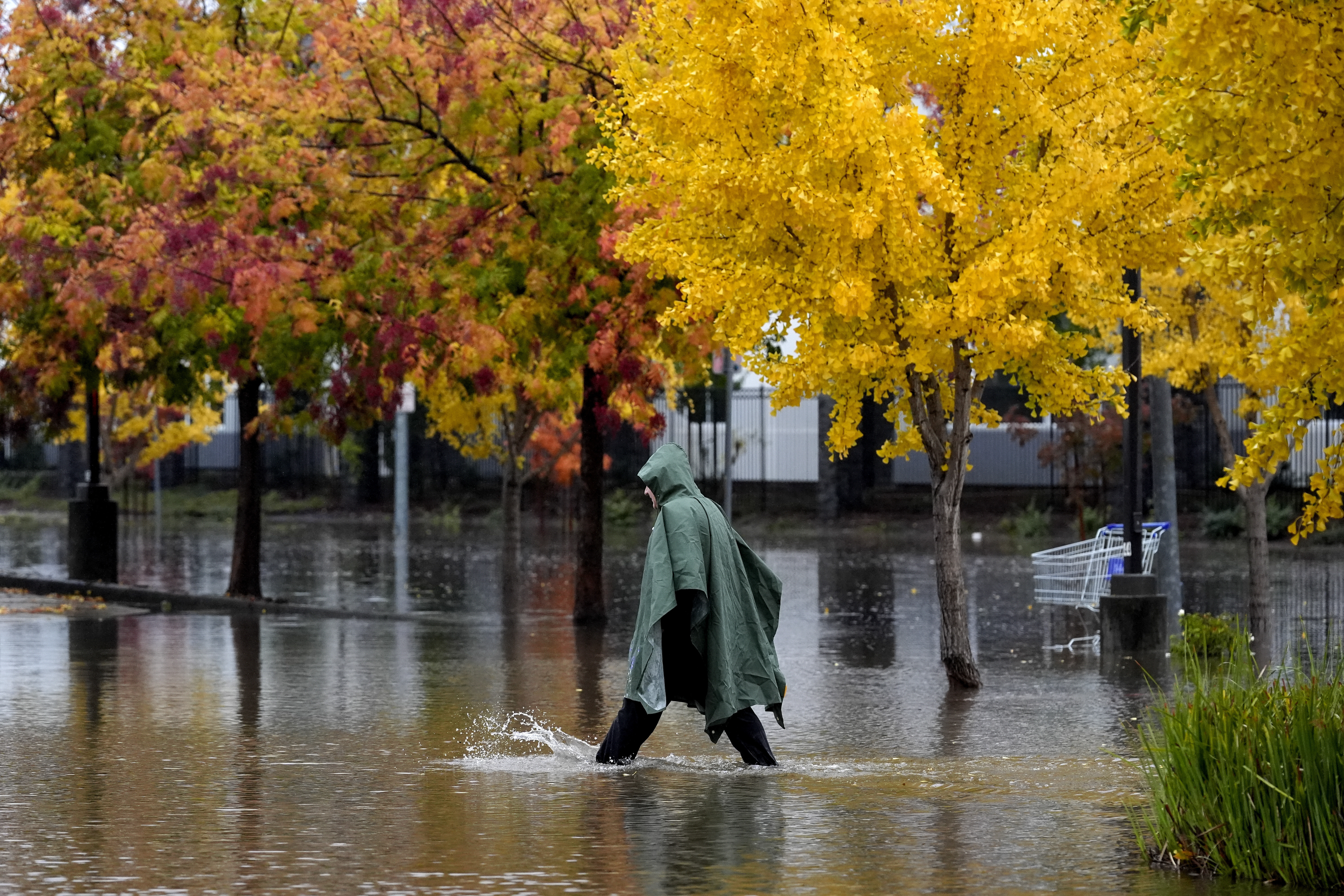On Monday, just a block away from where the late music impresario Bill Graham created his musical temple known as the Fillmore Auditorium, family and fans dedicated a large mural bearing a portrait of the legendary promotor that seemed to match his larger-than-life proportions.
“It’s a friggin’ masterpiece,” said Graham’s son, David Graham, beaming up at the image. “It’s beautiful, it’s bold, it paints dad as a superhero.”
The mural was sponsored by arts group MissionArt415 and the Bill Graham Memorial Foundation as a tribute to Graham, who died in a helicopter crash in 1991. Its location on the wall of a Goodwill store at Post and Fillmore fittingly sits one block away from the Fillmore and the nearby site of Graham’s former Winterland Ballroom where he was known to pair musical acts of varying genres.
“He threw concerts that had a very eclectic mix of artists just to bring people out to give back to the community, to discover new music," said Wes Marks, the graffiti artist who painted the mural.
Marks' mural, painted with aerosol cans, incorporated the same psychedelic lettering — developed by the artists who created the music posters that would become a fixture of the Fillmore — to scrawl out Graham’s name and list the many benefit concerts he organized to raise money for charities benefiting everything from earthquake relief to kids’ school lunches. He wrapped the letters in red apple shapes, symbolic of the apples Graham handed out at the Fillmore concerts.
Marks based the image of Graham on a 1985 photo by Ken Friedman, depicting Graham in profile with deep, intense eyes.
“One of the great things about that photo was it exemplified something that I heard people say about Bill often,” Marks said. “That he was one part Mother Theresa, one part Al Capone.”
Local
Born a Jew in Berlin, Graham’s family splintered under the thumb of the Nazi regime during World War II. With his father dead and his mother killed in transport to a concentration camp, he ultimately fled to the United States an orphan.
He honed his promotion skills working for the San Francisco Mime Troop and learned to use concerts as a means for raising funds for different charities. The concert halls he founded on both the East and West coasts became a laboratory where he would combine jazz, gospel and rock acts on a single bill with the idea of exposing audiences to new kinds of music.
Get a weekly recap of the latest San Francisco Bay Area housing news. Sign up for NBC Bay Area’s Housing Deconstructed newsletter.
“The Fillmore was the first real rock and roll club and it was a magnet of the counter culture,” said David Graham. "And a place where Bill was able to do what he wanted, including bringing in artists that people had never seen before.”
Although Graham has been gone more than three decades, the mural has stirred up memories and emotions surrounding the musical legacy he left behind. While Marks painted the mural, people would frequently stop by to share memories of concerts they’d attended at the Fillmore or Winterland.
For David Graham, the deep pondering eyes of the image seem to relay a whole life’s story in a single image.
“There’s a guy that came from the Holocaust and gave all these people joy and gave back to this community and made it his home," Graham said.



